10 things you probably didn’t know about Southern California’s coast
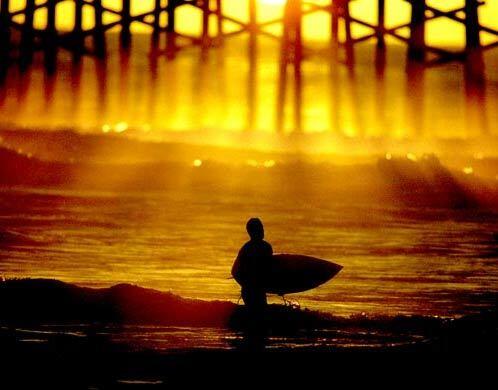
By Christopher Reynolds, Los Angeles Times staff writer
Summer’s here and the time is right for . . . 352 fact-packed pages from the
The commission has just come out with a weighty paperback covering
The volume, “Beaches and Parks in Southern California” (University of California Press, $24.95), includes more than 50 color maps and about 300 color photos, not to mention entries on mugworts, newt, threespine sticklebacks and various other plants and animals of the coast, along with details on public access, parks and trails. The editor and principal writer is Steve Scholl.
This isn’t a book for the lowdown on hotels or restaurants or shopping — there’s virtually none of that in here. But this is the volume to toss in the back of your Volkswagen bus with the folding chair, the Mexican blanket, the Frisbee and your lucky old abalone shell. The book continues a series that began with volumes on Northern California in 2005 and the Central Coast in 2007.
Here, drawn from the new book and only slightly sensationalized, are 10 nuggets that may be news to you.
Pictured: The Newport Beach Pier (Allen J. Schaben / Los Angeles Times)
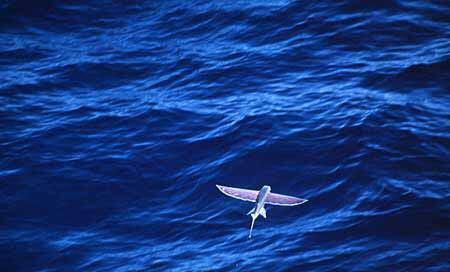
1. It’s not a bird. It’s not a plane. It’s not
The
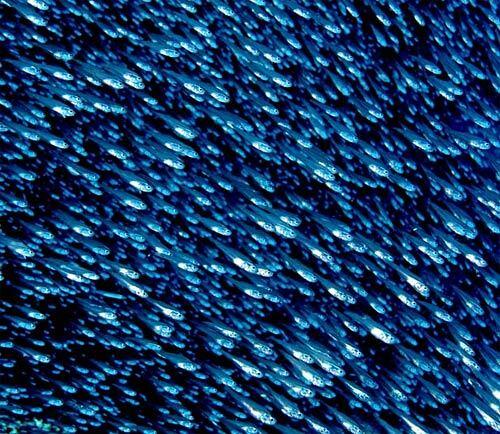
2. There’s a good reason why you can run faster than you swim.
Ocean water is 3,500 times more dense than air (Page 30). In related news, sound travels five times faster in the ocean than in the air. (Rick Loomis / Los Angeles Times)
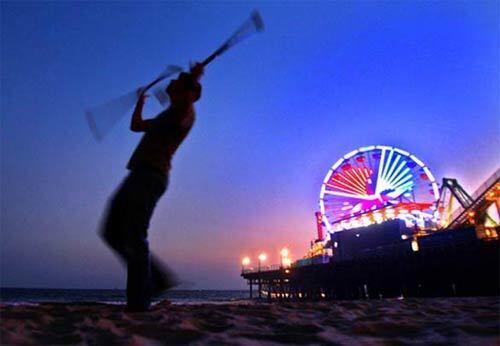
3. If some people had gotten their way, the waves at Santa Monica might be a lot smaller today.
In a 1963 preliminary report, the Army Corps of Engineers (which also gave us the Los Angeles River’s concrete corset) found it would be feasible to link Santa Monica and Malibu Beach with an offshore freeway cutting through Santa Monica Bay, with the roadbed built on a causeway or earthen fill. The corps also noted that the route might enhance recreational opportunities. The idea died (Page 50).
Pictured: Santa Monica Pier (Allen J. Schaben / Los Angeles Times)
Advertisement
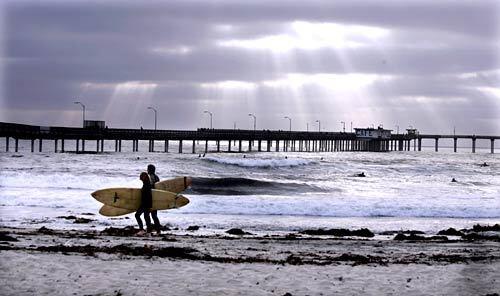
4. There is such a thing as a bad beach day.
On a single lifeguard-free day in 1918 at
Pictured: The pier at Ocean Beach (Glenn Koenig / Los Angeles Times)
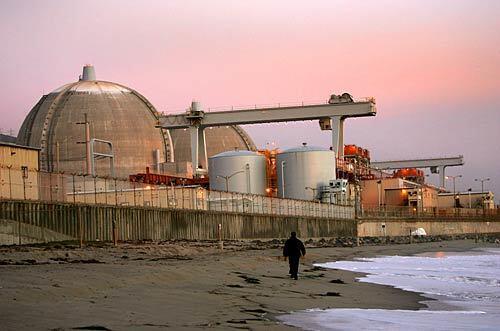
6. The San Onofre nuclear power plant leaks. Deliberately.
The plant, which operates by heating and discharging water, ejects about 1.6 million gallons per minute through 126 ports, which are spread out over nearly a mile on the shallow sea floor (Pages 253-254). (David McNew / Getty Images)
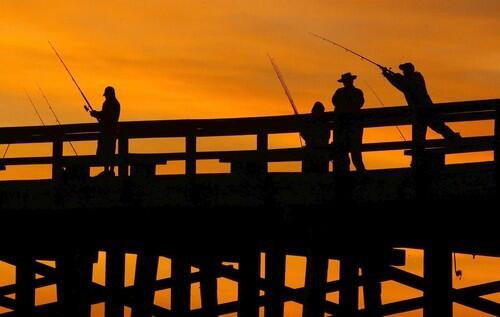
7.
It went up in 1888 (Page 166). (Mark Boster / Los Angeles Times)
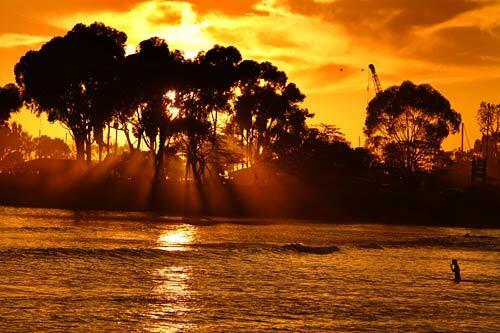
8. Richard Henry Dana Jr. probably should have eaten more oysters.
The only romantic spot on
Pictured: Doheny State Beach in Dana Point (Allen J. Schaben / Los Angeles Times)
Advertisement
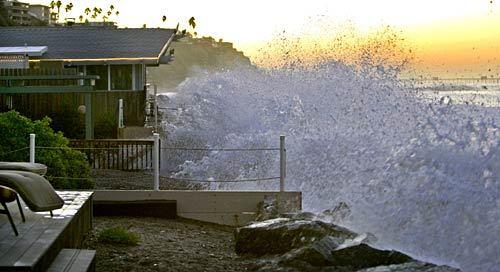
9. If you’re investing for the long term, think twice about coastal real estate.
The level of the sea is rising at about 3 millimeters per year — and it’s been rising for the last 18,000 years. In that time, sea level in
Pictured: Waves crash against beachfront homes in San Clemente. (Allen J. Schaben / Los Angeles Times)



